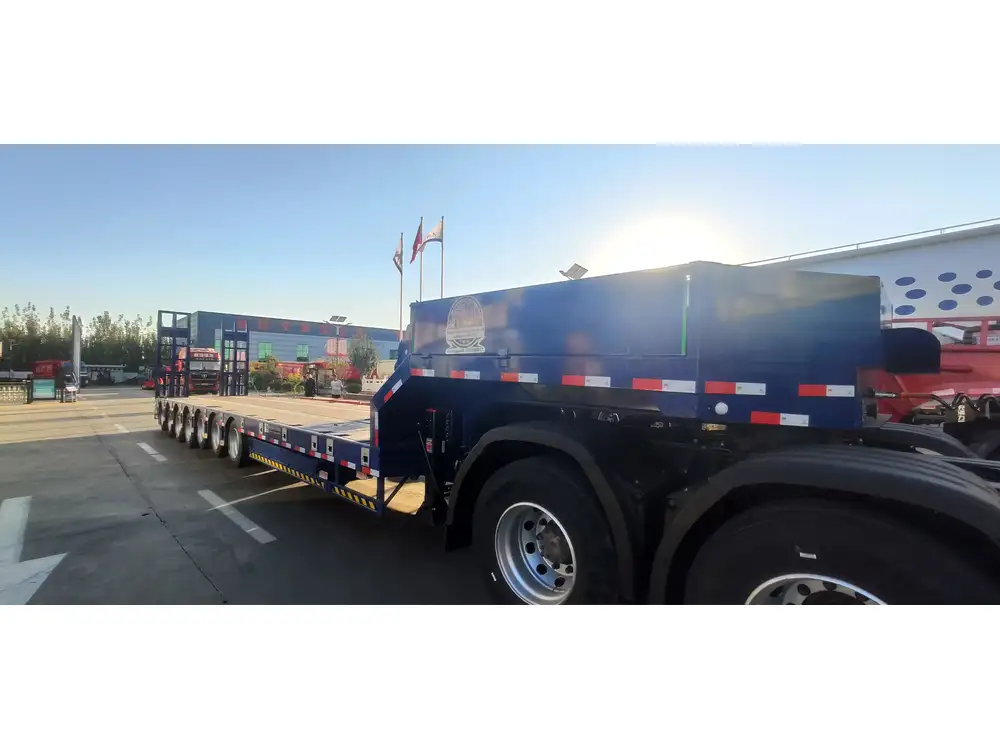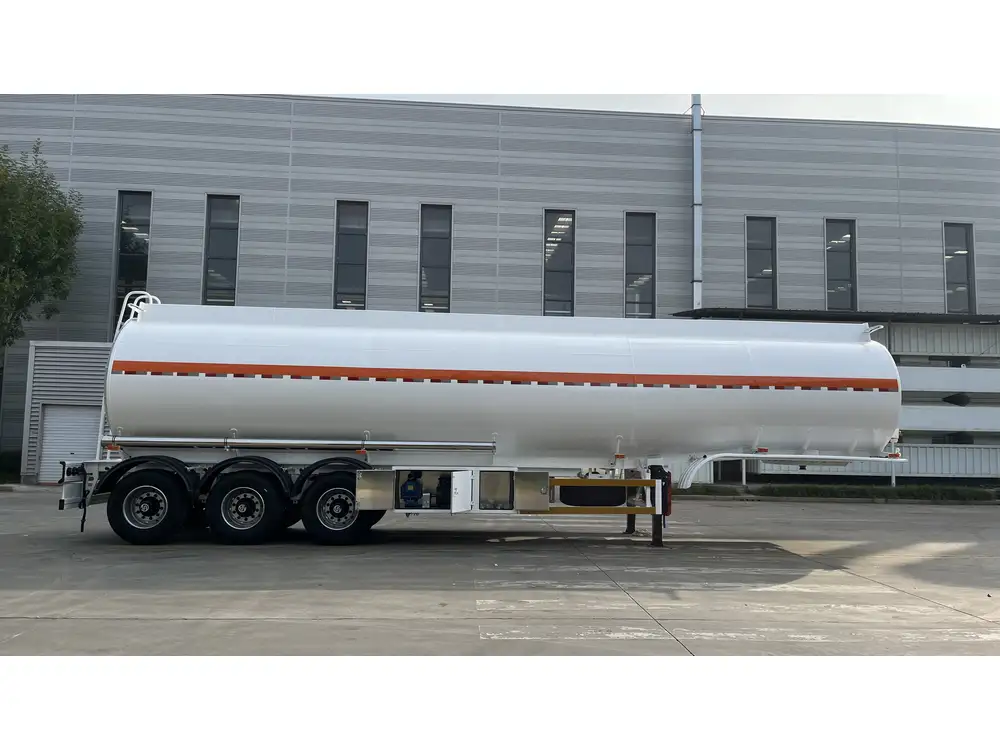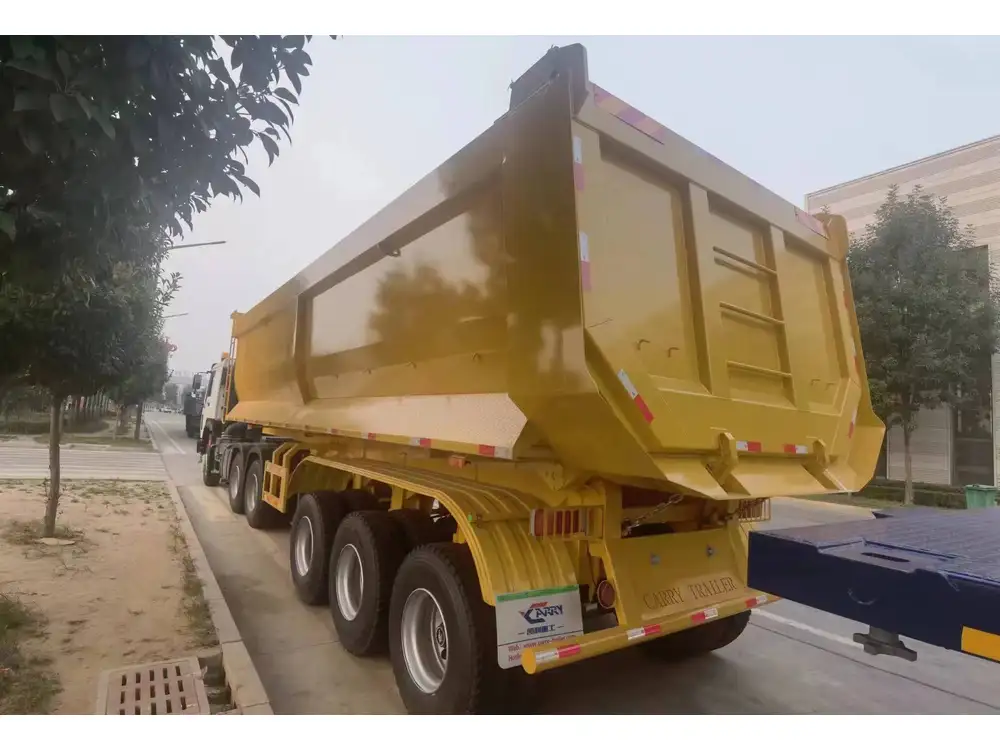Building a manual dump trailer is an intricate process that combines engineering precision, quality materials, and practical design considerations. As manufacturers specializing in semi-trailers, we understand the need for durability, efficiency, and functionality in any construction project. This guide serves as an extensive resource detailing each stage of creating a manual dump trailer, providing valuable insights, methods, and tips that cater to both novice and seasoned builders in the industry.
1. Understanding the Design and Purpose of a Manual Dump Trailer
1.1 What is a Manual Dump Trailer?
A manual dump trailer is a versatile piece of equipment designed for the transportation and unloading of various materials, from soil and gravel to construction debris. Unlike electric or hydraulic dump trailers, manual models utilize a mechanical system for lifting and dumping loads, which can be ideal for users seeking simplicity and reduced maintenance costs.

1.2 Applications of Manual Dump Trailers
These trailers offer significant utility in various sectors, including:
- Construction: For transporting materials to and from job sites.
- Landscaping: For hauling dirt, mulch, and other landscape materials.
- Agriculture: For moving supplies and farm products.
- Residential Use: Ideal for home projects like renovations or yard work.
Advantages
- Cost-Effective: Lower initial investment compared to hydraulic counterparts.
- Simplicity: Fewer moving parts result in less maintenance.
- Manual Control: Offers users greater control over the loading and dumping process.
2. Materials and Tools Required for Construction

2.1 Essential Materials
A successful build begins with selecting high-quality materials. Consider the following:
| Material | Purpose | Recommended Specifications |
|---|---|---|
| Steel Frame | Provides structural integrity | Minimum of 3/16” thick steel |
| Decking Material | Surface for loading materials | 2”x6” treated lumber or steel plate |
| Axles | Support trailer distribution and movement | 3500-lb capacity axle or higher |
| Tires | Facilitate mobility on various terrains | Radial tires, appropriate for load |
| Hydraulic Pump (optional) | For lifting mechanisms, if desired | Standard manual hydraulic pump |
| Lumber or Plywood | Reinforcement and internal structures | Pressure-treated wood |
2.2 Necessary Tools
- Welding Machine: Essential for constructing the frame.
- Cutting Torch or Plasma Cutter: For precise cuts in metal.
- Drill and Drill Bits: For fastening materials.
- Socket Set and Wrenches: For assembly and adjustments.
- Jack Stands: Ensure stability during the build process.
3. Step-by-Step Guide to Building a Manual Dump Trailer

3.1 Step 1: Designing the Trailer Frame
The structure begins with a sturdy frame. Below are key phases of the design process:
Choose Dimensions:
- Common dimensions for a manual dump trailer might range from 5’x8’ to 6’x10’.
- Evaluate weight capacity necessary based on intended use.
Frame Layout:
- Layout the frame design on a flat surface. Use steel beams to create the outer structure, aligning the corners accurately with square joints.
3.2 Step 2: Fabricating the Frame
- Cut Steel Beams: Use a cutting torch to create the desired lengths.
- Weld the Corners: When the frame is laid out, weld the corners to form a rigid structure. Ensure all welds are thorough to prevent future structural failures.
3.3 Step 3: Installing the Axle
- Assess Your Load: Depending on your trailer dimensions and anticipated load, select the proper axle and wheel combination.
- Mounting:
- Position the axle equidistant from the front and rear of the trailer.
- Use beam brackets to secure the axle firmly to the frame.

3.4 Step 4: Adding the Decking
Preparing the Deck:
- Cut treated lumber or steel sheets to fit the frame’s interior layout.
- Begin from the back and work toward the front, making sure to leave appropriate gaps for drainage if using wood.
Securing the Decking:
- Use screws or bolts to fasten the decking securely onto the trailer frame. Ensure that each panel does not flex under weight, adding additional supports if necessary.
3.5 Step 5: Creating the Dump Mechanism
Lift Mechanism:
- Install a mechanical lift system using a simple crank or hand lever. This typically consists of a pivot point that allows the rear of the trailer to tilt.
Connecting Cables or Chains:
- Attach cables or chains to link the manual lever to the back of the trailer. These should compress or expand to allow for the desired dump angle.
3.6 Step 6: Finishing Touches and Safety Measures
- Check Structural Integrity: Ensure all components are securely fastened.
- Paint and Coating: Apply anti-corrosive paint or sealant to protect against rust and wear.
- Install safety features: Consider including reflectors, safety chains, and a braking system to comply with transportation laws.

4. Common Issues and Troubleshooting
4.1 Structural Weaknesses
If the trailer sags or shows signs of bending:
- Diagnosis: Check welding joints and frame integrity.
- Solution: Reinforce with additional bracing or replace weak materials.
4.2 Difficulty in Dumping
Should the dumping mechanism fail to operate efficiently:
- Diagnosis: Inspect the lift mechanism for corrosion or blockage.
- Solution: Lubricate moving parts or adjust the pivot point for a smoother release.

4.3 Wheel Alignment Issues
If the trailer exhibits uneven tire wear:
- Diagnosis: Measure axle alignment using a straight edge along tires.
- Solution: Readjust brackets or re-weld axle placement as necessary.
5. Tips for Maintenance and Care of Your Manual Dump Trailer
- Routine Inspections: Conduct regular checks for loose bolts, rust, or damages.
- Cleanliness: Keep the trailer clear of debris to prevent wear on components.
- Storage: Store the trailer in dry conditions, preferably under a cover to protect it from elements.
6. Conclusion
Building a manual dump trailer is not merely an engineering task; it embodies a commitment to functionality and utility. By following this comprehensive guide, manufacturers can produce a product that not only meets but exceeds user expectations. With the right materials, tools, and a methodical approach, creating a custom manual dump trailer can result in a resilient and efficient asset for a wide array of applications.
This guide encompasses the journey from concept to construction of a manual dump trailer, ensuring that each segment is understood thoroughly. As you embark on this endeavor, take pride knowing that every effort contributes to producing a reliable machine that many can benefit from in diverse fields.



